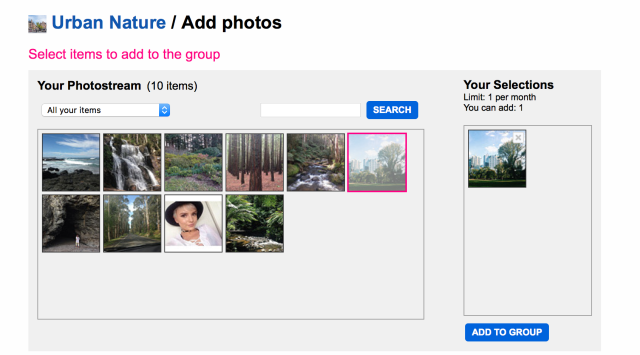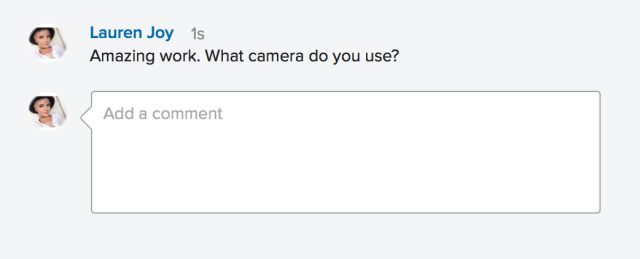In real life, communities are defined as a social unit bonded by a shared interest or, at times, geographic location. When I initially heard of the term ‘online community’ I was a little sceptical as to how it could work; considering community is generally a term I associate with interpersonal relations.
I found it helpful to distinguish between standard social media & communities as a basis for my research. Social media usually builds upon pre-existing relationships and expands upon them; whereas communities are relationships built from a shared interest. For this reason, a few mechanics are used to bond users together such as tags, groups and feeds.
Originally when presented with this assignment I wanted to choose Instagram as my ‘online community’. However, due to my account being 4 years old & generally consisting of my friends as followers; I wanted to pursue an alternative platform that I had yet to use, as a way of branching out.
Flickr is a popular photo sharing platform that enables users to upload content and connect with other photographers. Flickr enables you to organize your content in a manner of ways as well as join particular groups that pertain to your specific interests. Flickr appealed to me as I am beginning to delve into the world of photography. I explore this on my blog with posts including pictures I have taken at various locations across Victoria.
I found the ‘group’ aspect of the site very interesting. There is a section where you can browse a range of groups and join whatever ones you may be interested in. This was an easy way for me to connect with others who shared a similar interest to me.
By simply searching ‘nature’ I was able to find a list of groups with content that pertained to my interests. A popular group ‘Urban Nature‘ approved my submission that can be seen below. Joining and posting content is a great way of exposure in this particular community and is a direct example of network literacy. As Adrian Miles says, to be network literate is to contribute and consume on equal parts. Further discussion on my experience of network literacy on Flickr can be found here.

Initiating conversation was unfortunately quite hard for me, as when I was trying to find photographers to follow, obviously the ones suggested by Flickr were those with a large following.

Many comments, like the ones seen above were left unanswered. (Due to fear of displaying other user names I have just included my comment) I’m accrediting this to the fact that they all have a large following, thus have a large volume of comments coming in every day. There were opportunities to engage in discussion on the groups – however most other attempts by other users were unsuccessful.
I think to successfully engage and thrive in Flickr as a community, you need to establish a following for yourself first. This is brought about through constant uploads and engagement with other users (eg. favouriting photos, following photographers).
In hind sight, I wish I had chosen a platform that I already had a following on. I think having a strong online presence is an essential part of participating successfully within an online community. Without this, you are just another username. I endeavour to work on my profile and hopefully engage further, as I really do like the site.
Miles, Adrian. Network Literacy: The New Path to Knowledge [online]. Screen Education, No. 45, 2007: 24-30. Availability: <http://search.informit.com.au.ezproxy.lib.rmit.edu.au/documentSummary;dn=805521387210748;res=IELAPA> ISSN: 1449-857X. [cited 5 May 16].
Flickr – Photo Sharing!. (2016). Flickr Community guidelines. [online] Available at: https://www.flickr.com/help/guidelines [Accessed 5 May 2016].
Oatway, J 2012, ‘Finding Your Community’, in Oatway, J (ed), Mastering Story, Community and Influence : How to Use Social Media to Become a Socialeader’, 1st edn, Wiley, Hoboken, pp. 97-109.